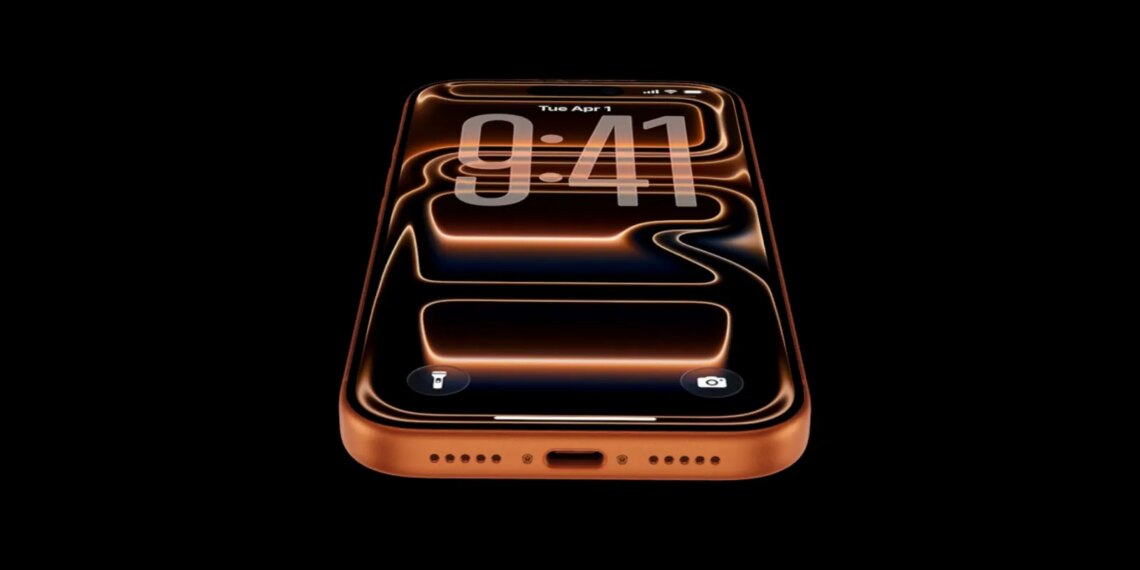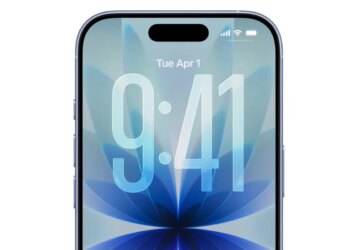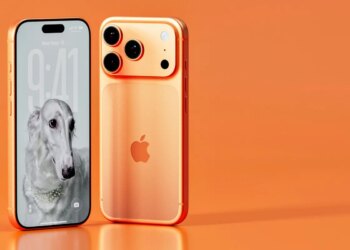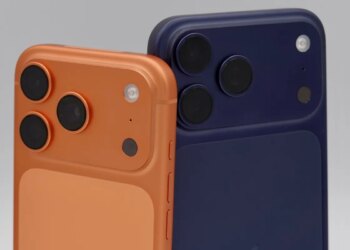Select Language:
The iPhone 17 series, including the iPhone 17, iPhone 17 Pro, and iPhone Air, introduces a USB-C port located at the bottom of the device. Upgrading from an older model means your existing Lightning accessories will no longer be compatible. However, the new USB-C port offers significantly enhanced capabilities.
By using a USB-C cable and a compatible new charger, you can now charge your device from zero to full battery at faster speeds than before. Additionally, this port allows you to connect external displays, storage devices, camera peripherals, and more, expanding your iPhone’s functionality.
USB-C is an industry-standard interface, meaning most accessories will be recognized automatically by iOS without needing specific compatibility checks. However, it’s important to note that not all USB-C cables are equal; some support only charging, while others enable fast data transfer. To achieve the maximum data transfer rate—up to 10 Gbps—use a USB-3 rated cable, especially with the iPhone 17 Pro models.
### Universal USB-C Charging
Included in the box is a high-quality, woven USB-C cable designed solely for charging. For additional cables, Apple offers its own options, but numerous third-party brands provide more affordable choices in various styles and lengths. Any standard USB-C power adapter, such as a 40-watt charger, can be used to charge your iPhone quickly, with no need for Apple’s specific charger.
With the adoption of USB-C, managing your cables becomes easier, as most Apple devices—AirPods 4, AirPods Pro, MacBook Pro, and iPads—can now be charged via the same port.
### Powering Other Devices
Your iPhone 17 can act as a power bank, allowing you to charge other devices like accessories and peripherals directly through its USB-C port.
### External Display Support
You can mirror or extend your iPhone 17 screen onto larger displays using a USB-C to HDMI cable. For longer sessions, such as gaming or presentations, it’s recommended to use an Apple USB-C Digital AV Adapter, which supports HDMI output, offers a Power Delivery port for continuous charging, and includes a passthrough USB-C port.
### Connecting External Storage Solutions
USB-C hard drives and SD card readers can be connected directly to your iPhone. This setup lets you browse and manage files effortlessly via the Files app. When traveling, you can transfer photos directly from your camera’s SD card to your iPhone in moments.
ProRes video recording, up to 4K at 120 fps, is also supported with USB-3 storage devices. Using a portable SSD and a USB-3 data cable ensures fast transfer speeds, facilitating extended recording sessions without filling up your device’s internal storage rapidly.
### Ethernet and Keyboard Connectivity
The USB-C support broadens compatibility with various accessories, including wired keyboards and Ethernet adapters. Plug-and-play functionality applies to most standard peripherals, enhancing productivity and connectivity on the go.
### Headphones Compatibility
The iPhone 17 supports any USB-C headphones, such as Apple’s USB-C EarPods. This transition simplifies wired audio connections, allowing you to use the same headphones seamlessly across your phone, Mac, or iPad.
### Multi-Function Hubs
USB-C’s versatility means you can use multi-port hubs, which combine several functions into a single dongle. For example, a $25 Anker 5-in-1 hub can connect to external displays, supply power, and connect multiple peripherals simultaneously—available for your iPhone, MacBook, or iPad. Keep in mind that the iPhone’s power output is limited to about 4.5 watts, so for power-intensive devices, an additional external power source may be necessary.







